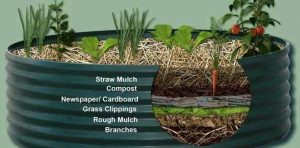Bringing Some Colour to Your Winter Garden
This winter season, your landscape should not look lifeless and dreary. Although your turf may look a little duller than usual and some of your plants may have stopped flowering, there are plenty of ways to add colour and vibrancy to your garden. Here are some helpful tips if you are planning on bringing some colour to your winter garden.
Swap your exotic plants for flowering natives
Once the temperature begins to drop, you will notice that many of your exotic plants have stopped flourishing. These plants require lots of sunlight, humidity and heat in order to thrive.
The best way to bring some colour and life into your garden is to invest in native flowering plants which do well in winter.
Some of these flowering plants that you can try to add to your garden are the Christmas or Lenten Rose, Bird of Paradise, Winter Daphne, Snowdrops, Qualup Bell and Mahonia. These plants can grow well under shade and some can withstand plenty of rain.
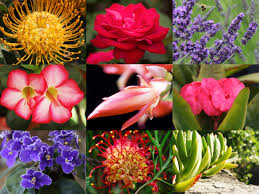
Consider planting vegetables
Instead of flowering plants, you might want to plant vegetables which grow best during winter. Apart from adding colour to your winter garden, you can supplement your groceries with your harvest.
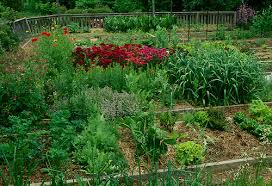
But before you start planting veggies like cabbage, lettuce and root crops, make sure that you create a raised garden bed. Most veggies do not like too much rain. Additionally, many crops require lots of sunlight so you have to pick the right spot on your yard for them.
Creating a winter palette
Instead of using bold colours, stick to cool and crisp colours like green and white and a dash of red for your winter palette. The simplest way to do that is to add more evergreens to your garden.

A little winter cleaning
During winter, you will find that your hands are full with the sheer amount of falling leaves which you have to rake in order to prevent these from rotting. You may also have to deal with the slippery surfaces on your property.
Before the onset of winter, put away yard furniture that may deteriorate due to exposure to rains. Treat wooden surfaces found outdoors with wood preservers to keep these in good order and avoid potential damage.
Attract local birds
Adding a winter birdhouse to the landscape will not only add vibrancy to it, but you can also help give local birds some respite from the cold weather. Make sure that you feed birds with sunflower seeds and avoid mixtures that contain too much millet and oats.
For all your gardening needs, call Jim’s Mowing on %%PHONE_NUMBER%% or Book Online for a free no obligation quote. The Jim’s Mowing professional and friendly staff will be happy to help you!

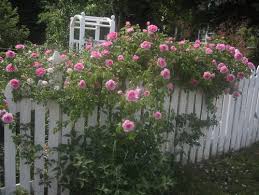 on for being “fussy,” delicate and difficult to grow. The more effort you put into making them as healthy and beautiful as they can be, the more special they become.
on for being “fussy,” delicate and difficult to grow. The more effort you put into making them as healthy and beautiful as they can be, the more special they become.
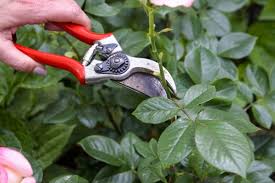 Effective pruning requires a good understanding of the growth process and preferences of the specific rose plants you are growing, as well as how the climate and soil conditions in your area impact their health. You’ll also need to be equipped with the right tools, including leather gloves to protect yourself from thorns, a pair of sharp and clean pruning shears, and a narrow saw.
Effective pruning requires a good understanding of the growth process and preferences of the specific rose plants you are growing, as well as how the climate and soil conditions in your area impact their health. You’ll also need to be equipped with the right tools, including leather gloves to protect yourself from thorns, a pair of sharp and clean pruning shears, and a narrow saw.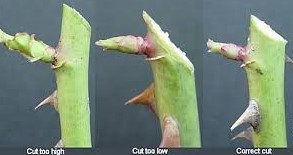
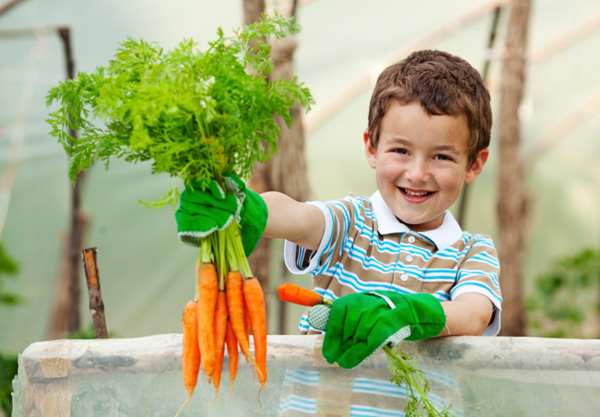
 Tending to a garden is not just about planting, of course. What other winter gardening ideas with kids can you try?
Tending to a garden is not just about planting, of course. What other winter gardening ideas with kids can you try?


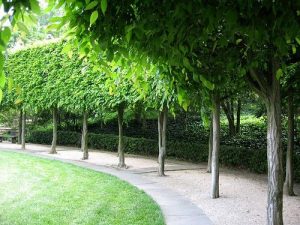
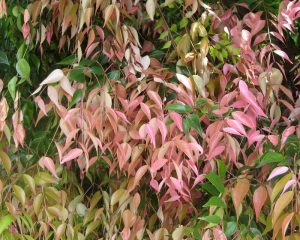


 Oranges
Oranges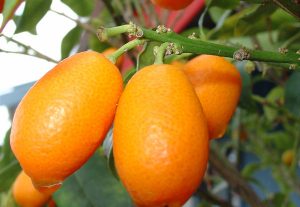
 Lemons
Lemons


